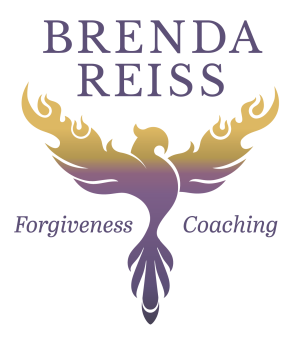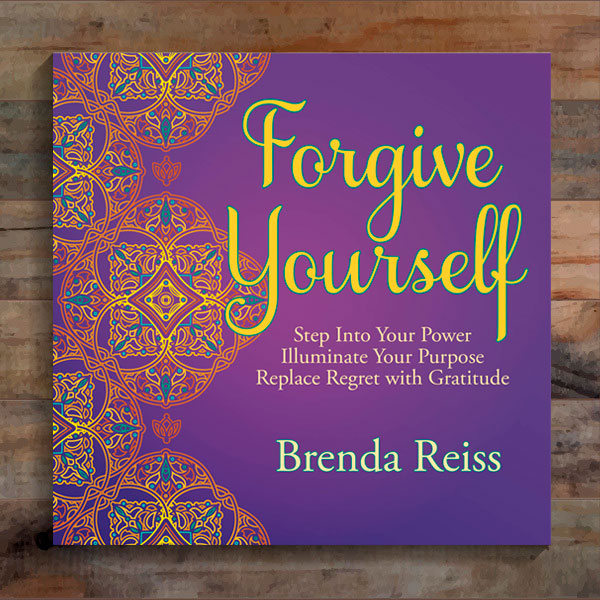A healthy relationship is one where both individuals feel valued, respected, and emotionally safe. Yet, many people struggle with toxic relationship patterns—whether in romantic relationships, friendships, or family dynamics.
The foundation of lasting, fulfilling connections starts with self-awareness. Before we can build a healthy relationship with someone else, we need to understand ourselves—our needs, triggers, and emotional patterns.
Core Elements of a Healthy Relationship
Mutual Respect
Respect means more than being polite—it’s about truly valuing and appreciating your partner’s unique qualities, perspectives, and experiences.
- Understanding Differences – Every person brings their history, beliefs, and values into a relationship. A healthy connection allows space for these differences without judgment.
- Compromise Without Losing Yourself – Healthy relationships require give-and-take. Compromise doesn’t mean sacrificing your values or needs but finding solutions that respect both individuals.
- Honoring Boundaries – Personal boundaries create emotional security. This includes respecting each other’s time, personal space, and individual goals.
Open Communication
Healthy relationships thrive on honesty, transparency, and vulnerability.
- Expressing Needs Clearly – Openly stating what you need from your partner helps avoid misunderstandings. Instead of assuming they “should know,” make your needs clear.
- Active Listening – Truly listening means focusing on understanding rather than simply waiting for your turn to speak. This includes making eye contact, summarizing what’s been said, and responding thoughtfully.
- Nonverbal Communication—Body language, tone of voice, and facial expressions can communicate as much as words. Being mindful of these cues helps ensure messages aren’t misunderstood.
Emotional Safety
A healthy relationship should be a safe space where both individuals feel secure enough to be authentic.
- Trust Over Time – Emotional safety is built through consistent, reliable behavior. Being dependable in small moments builds a foundation of trust.
- Encouragement Over Criticism – Constructive feedback is healthy, but constant criticism erodes emotional security. Focus on supporting each other’s growth rather than tearing each other down.
- Handling Conflict with Kindness – Disagreements should not come with fear of harsh words, stonewalling, or emotional withdrawal. Conflict is normal, but how it’s dealt with determines relationship health.
Interdependence (Not Codependence)
Healthy love allows both individuals to grow individually and together.
- Maintaining Your Own Identity – A strong relationship consists of two whole individuals. It’s important to have your own interests, friendships, and personal growth apart from the relationship.
- Supporting, Not Rescuing – Healthy relationships involve support, not rescue. It’s great to help each other, but it’s not your responsibility to fix or complete the other person.
- Balancing Togetherness and Space – Spending time together strengthens the connection, but maintaining personal space is equally important. A relationship should enhance, not consume, your life.
How to Cultivate a Healthy Relationship
Start with Self-Awareness
You can’t build a strong relationship without first understanding yourself.
- Identify Your Attachment Style – Are you secure, anxious, avoidant, or fearful in relationships? Recognizing this helps you navigate emotional patterns.
- Know Your Triggers – Past experiences influence how we react in relationships. Being aware of emotional triggers helps prevent unnecessary conflict.
- Commit to Personal Growth – A fulfilling relationship starts with being your best self. Self-improvement—whether through therapy, personal development, or reflection—benefits both partners.
Learn to Communicate Effectively
Good communication is the backbone of any strong relationship.
- Use “I” Statements – Instead of saying, “You never listen,” say, “I feel unheard when I try to express my feelings.” This reduces defensiveness and encourages understanding.
- Avoid Blame and Criticism – Criticism erodes trust over time. Instead of focusing on what’s wrong, approach challenges with a solution-focused mindset.
- Practice Emotional Transparency – Share your thoughts and feelings honestly. Vulnerability strengthens emotional intimacy.
Develop Conflict Resolution Skills
Disagreements are inevitable, but they don’t have to be destructive.
- Address Issues Early – Letting resentment build leads to more significant conflicts. If something bothers you, discuss it calmly before it escalates.
- Approach Conflict with Empathy – Instead of trying to “win” an argument, focus on understanding each other’s perspectives.
- Take a Break When Needed – If emotions get too intense, take a short break and return to the conversation when both parties are calmer.
Prioritize Emotional Connection
Emotional intimacy is what sustains a relationship long-term.
- Spend Quality Time Together – This doesn’t have to be extravagant—simple activities like cooking together, going for a walk, or having meaningful conversations matter.
- Express Appreciation – A small “thank you” or a compliment goes a long way in reinforcing connection.
- Check In Regularly – Ask, “How are we doing?” to maintain emotional closeness and prevent minor issues from turning into major problems.
Signs of a Relationship That Needs Work
If you notice these patterns, it may be time to reevaluate and make changes:
- Frequent Miscommunication – Constant misunderstandings and unresolved resentment indicate a need for better communication strategies.
- Feeling Emotionally Drained – A healthy relationship should feel supportive and uplifting, not exhausting.
- Lack of Trust or Intimacy – Emotional or physical distance may signal unresolved issues or unmet needs.
Practical Relationship-Building Exercises
Weekly Check-Ins
Take time each week to ask each other:
- “How are we doing as a couple?”
- “Is there anything on your mind that we need to address?”
- “What’s something you appreciate about me this week?”
Active Listening Techniques
- Practice Reflective Listening – Repeat back what your partner said before responding (e.g., “So what I hear you saying is…”).
- Validate Feelings – Instead of dismissing emotions, acknowledge them (e.g., “I understand why that made you feel that way.”).
Setting Shared Goals
- Talk about your vision for the future—whether in a romantic relationship, friendship, or family dynamic.
- Identify shared dreams and work toward them together.
Building a healthy relationship is an ongoing journey of growth, self-awareness, and mutual respect. It’s never too late to create better patterns.
Strive for progress, not perfection, and remember—healthy relationships start with a healthy you.





0 Comments